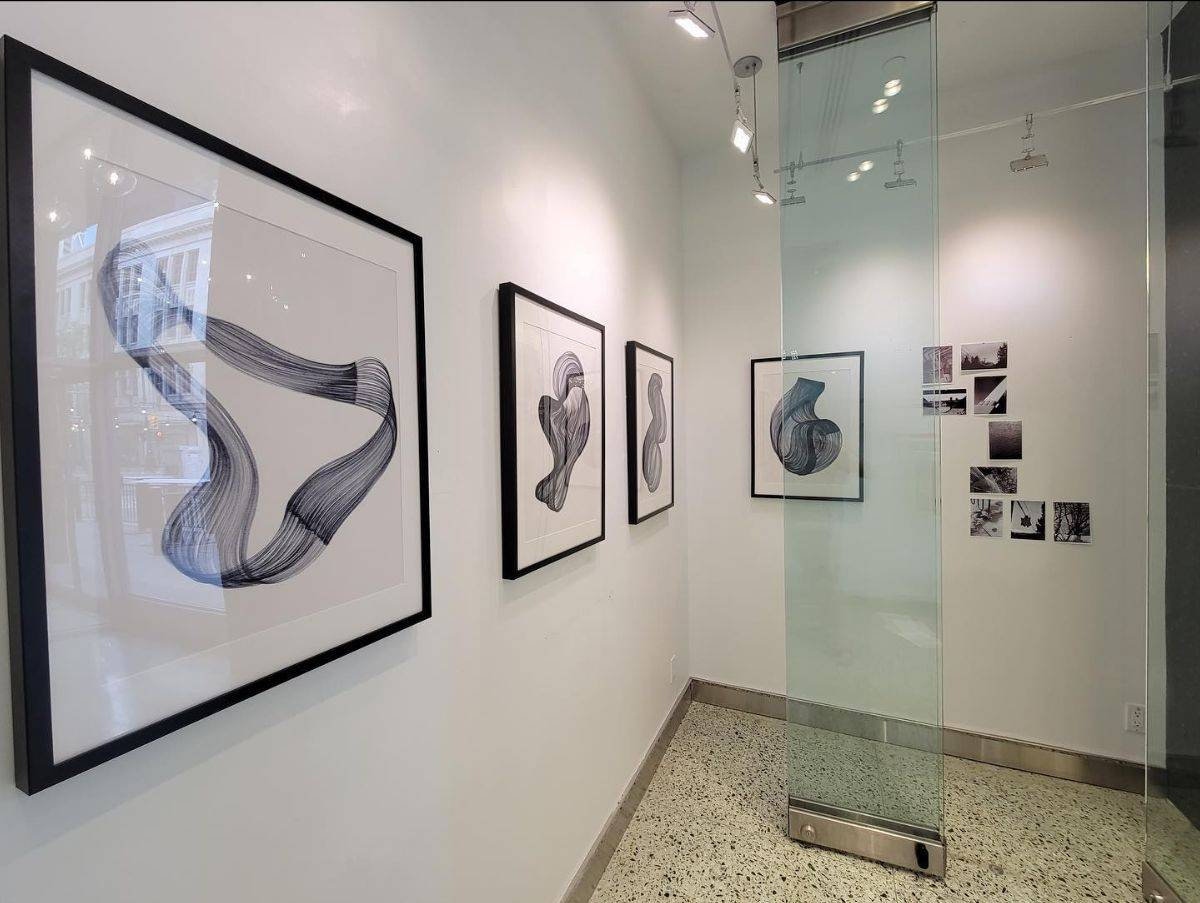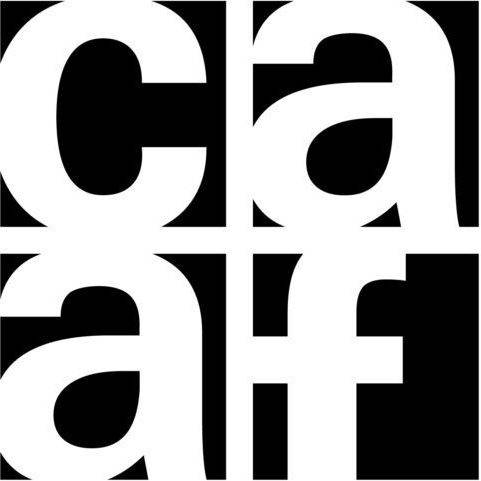CAAF and the City of Calgary’s Public Art Collection
The City of Calgary’s Public Art Collection has been in existence since the early 1900s and includes paintings, prints, textile pieces and sculpture. Its over 700 works are valued in excess of $3 million. The collection represents Calgary’s history, its connection with historical events and the achievement of artists who have been nurtured here. The collection exists through the spirit of generosity and giving for which Calgarians are internationally recognized. It is unique in that the majority of works have come to the collection through donations, bequests and endowments and therefore the collection grows each year.
CAAF can also trace its inception to the early 1900s with the bequest of artworks from several individuals and organizations to The City of Calgary’s Museum and Art Gallery (1911 – 1927). Some of the oldest pieces in the Collection date back to the mid-1800s, and were gifted to the City by The Devonian Foundation. The first donations to the Collection were made around 1911, and the earliest commissioned work, The Boer War Memorial in Central Memorial Park, was erected by The City in 1914.
In 1928 the Museum and Art Gallery became the Calgary Public Museum, but closed its doors in 1935. The art collection was then moved to the Calgary Public Library and some of the art eventually went on to Coste House. In 1946, the Calgary Allied Arts Council was formed to administer the Coste House as an arts centre, and took on the role of steward of the art collection.
In 1960, to handle the growing number of programs and activities, the Calgary Allied Arts Council moved to larger quarters at 830-9 Avenue SW. Through the generosity of its members and donors the property was purchased from the Union Tractor Co. The Calgary Allied Arts Foundation was established in that year as a registered society to hold the title to the property and as trustee to the art collection.
In 1969 due to financial difficulties, the Calgary Allied Arts Council closed the Calgary Allied Arts Centre and dissolved itself. CAAF remained in existence, and from 1970 to the early 2000s dedicated efforts to rebuild a Civic Art Collection. 1982 saw CAAF enter a legal agreement with the City of Calgary. The City assumed the custodial and caretaker role for the newly named Civic Art Collection, while CAAF became an advisory and consulting committee to City Council for the purpose of assisting in the acquisition, housing, exhibition and maintenance of the collection. The Calgary Visual Arts Board and the Sculpture Advisory Committee amalgamated together with CAAF in 1992 into one organization, under the banner of the Calgary Allied Arts Foundation, to create more effective communication with City Council.
In 1993 the Articles of Association changed and CAAF was no longer a committee appointed by City Council. Nevertheless CAAF’s role expanded with The City of Calgary in 1994 via the signing of a new legal operating agreement. By this agreement, CAAF accepted a request from The City to oversee the management of a much broader collection with the inclusion of all the public art.
In 2004, City Council approved the Public Art Policy and appointed a Public Art Board to provide expert community input and advice to the public art processes of the City of Calgary Public Art Program. As part of the Public Art Board, CAAF worked to help guide and inform the direction of the Public Art Program, especially as it pertains to the Collection. Though no longer involved with the City of Calgary in the same capacity, CAAF acknowledges the Civic Collection as an important part of our history.
The City of Calgary Public Art Collection is located in “a gallery without walls” with works exhibited in a variety of venues throughout the city. This unique approach ensures the collection is on constant view throughout Calgary.
One of Calgary’s most familiar pieces of art is the sculpture by William McElcheran, titled Conversation, which is located on the Stephen Avenue Mall. It depicts two businessmen in their bulky topcoats and too small felt hats, wheeling and dealing. Norcen Energy Resources donated this artwork to the city in 1981.
Sculpted piece, Brotherhood of Mankind, by Mario Armengol, is located by the former Calgary Board of Education buildings, at 1st Street and 6th Avenue S.E. The statues were originally constructed in 1967 as props for the British Pavilion at Expo ’67 in Montreal. Purchased by Robert M. Cummings of Maxwell Cummings & Sons it was donated to The Cityf Calgary on July 8, 1968 and accepted by the Duke of Kent on behalf of The City.
At Confederation Park you will see a sculpture by Enzo Dipalma titled, Transition ’67. This work celebrates Canada’s 100th birthday and was donated to The City by the Britamco Club, employees of BA Oil in Calgary. It is constructed of steel and aluminum and has proven flexible enough to withstand the climbing expeditions of over a quarter century of youngsters enjoying the park.
At Southland Leisure Centre visitors can view a multi media piece by David Cheney, made with pastels/paper and plywood.
Visitors to the William R. Cassel and Signal Hill libraries can view works by Gregory Arnold, Annora Brown, Maggie Dunbar, Jean Mihalcheon, Frank Palmer, Graham Peacock, Margaret Shelton, and Thomas Lax.
Numerous sculptural pieces belonging to the collection are located at venues such as Devonian Gardens, Prince’s Island and the Calgary Zoo.
In Olympic Plaza is a work titled Women Are Persons!. This work celebrates the achievement and the efforts of five extraordinary women on behalf of all Canadian women and was donated in 1999 by the Famous Five Foundation. One hundred years from now this piece will also reflect the values of Calgarians as we entered the new millennium.

